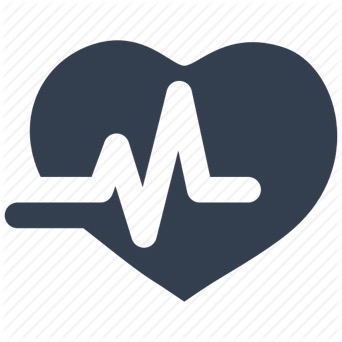2014: The State of Health Care
MNsure, MA and MA-EPD
Minnesota opened the new statewide health insurance exchange, MNsure, in 2014, where Minnesotans can shop for, compare, and enroll in public and private health insurance options. Since MNsure's inception, the statewide uninsured rate has fallen dramatically- from 9.0% in 2013 to 4.3% in 2015.
People with disabilities constituted 11.4% of the enrollees in Medical Assistance (Medicaid) in 2014. In 2013, people with disabilities made up 16.9% of the Medicaid-eligible population in Minnesota, but accounted for 45.6% of Medicaid spending. As of 2014, 93.5% of Minnesotans with disabilities have health insurance.
- Of these, 57% have private insurance coverage and 73% have public health coverage (some have both types of coverage).
- The types of insurance coverage for people with disabilities are employer-sponsored coverage (36.2%), private coverage (11.8%), and Medical Assistance (43.2%).
- The racial and ethnic profile for Medical Assistance enrollment is as follows: White (60%), African Americans (17%), Hispanic/Latino (8%) and other (15%).
Minnesota offers a number of innovative programs to meet the unique coverage and health care needs of people with disabilities throughout the state.
- The Medical Assistance for Employed People with Disabilities program (MA-EPD) enables employed adults with disabilities to qualify for insurance through MA with incomes up to 300% Federal Poverty Level (FPL).
- Special Needs Basic Care (SNBC) is a managed care program for persons with disabilities between the ages of 18 and 64. Some SNBC plans integrate MA with Medicare services for persons who are dually eligible. The SNBC program served 48,358 individuals as of July 2014.

Statistics were gathered from the FIVE YEAR STATE PLAN FFYs 2017 – 2021, 2017-2021 Five Year State Plan (PDF)

